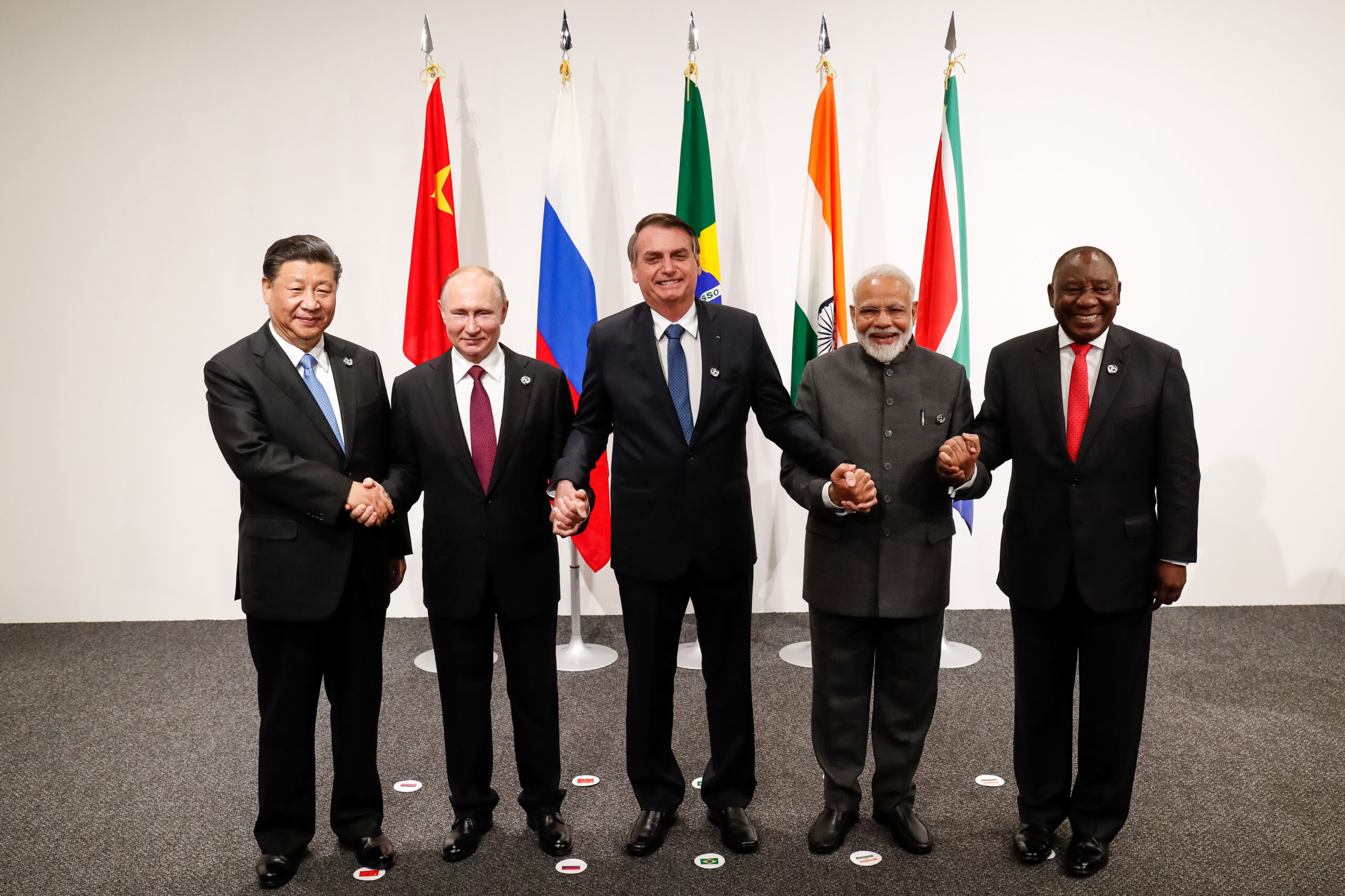Q.5 Why and when was the BRICS established? Which countries are part of BRICS? 2020

BRICS is an acronym that stands for Brazil, Russia, India, China, and South Africa. It is an association of five major emerging economies that are characterized by their large populations, significant natural resources, and rapid economic growth. The BRICS grouping was established in 2009 and formalized in 2011.
The BRICS countries were brought together with the aim of promoting economic development, trade, and cooperation among emerging economies. The grouping was also designed to provide an alternative to the traditional economic powers, such as the United States and Europe, and to strengthen the position of emerging economies in global affairs.
The idea of BRICS emerged in 2001 when the acronym “BRIC” was first coined by Jim O’Neill, then head of global economic research at Goldman Sachs. In 2006, the first BRIC summit was held in Russia, where the leaders of the four countries discussed economic cooperation and the establishment of a new international financial system. South Africa was invited to join the group in 2010, and the BRICS grouping was formalized the following year.
The BRICS countries account for over 40% of the world’s population and about 25% of global GDP. They are among the fastest-growing economies in the world and are expected to play an increasingly important role in shaping the global economic and political landscape.
In conclusion, BRICS was established in 2009 to promote economic development and cooperation among emerging economies. The five countries that make up BRICS are Brazil, Russia, India, China, and South Africa. They account for a significant share of the world’s population and GDP and are expected to play a crucial role in shaping the global economy and politics in the coming years.